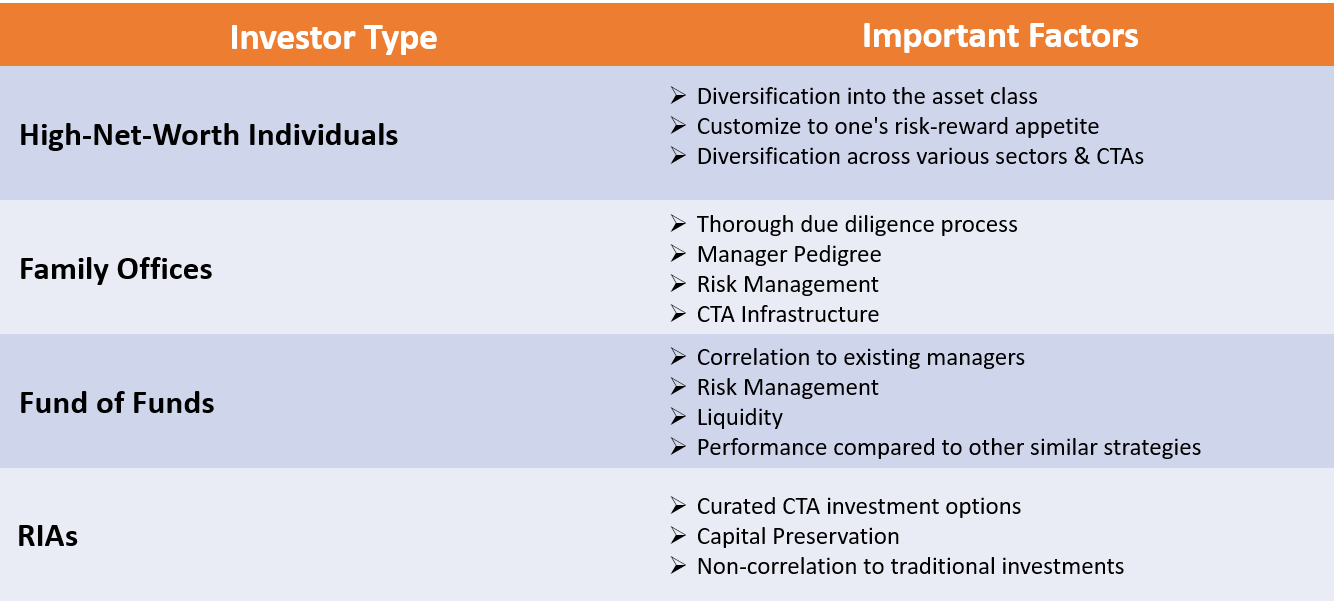
Are you searching for stocks with high payout ratios, yields, and dividend yields You've found the right place! We'll walk you through some of the most important factors to consider when buying a stock, including Ex-date, sustainability, and payout ratio. These information will assist you in making smart investments in Nasdaq stocks. Here are some more tips to make your decision easier. Here are some more tips to help you decide whether a stock makes sense for your portfolio.
High dividend yields
It may seem tempting to invest in high dividend yielding Nasdaq stocks. However, there is a real risk in chasing high yielding dividends. T. Rowe Price (Rio Tinto), Federal Agricultural Mortgage and T. Rowe Price are all examples of companies where their dividend yields tend to increase with falling stock prices. Investors who chase high dividend yields could end up losing money over the long-term. If you wait for a stock to drop in dividend yield, you might be rewarded with a huge payout.

High payout ratios
High dividend yield investors should be aware of the payout ratio. A payout ratio higher than 50% is more attractive than a lower payout ratio. This way, their dividend payments can remain stable even if the company's earnings fall. Citigroup (C), for example, trades at less than 6.5 times earnings. This is 60% of its tangible books value. The company's dividend payments can be covered with an earnings yield of 4.3%. Analysts believe that earnings growth in the next year will be higher, meaning that investors will get a better return on their long-term investment at Citigroup (C).
Ex-date
To invest in stocks listed on Nasdaq, you need to know about the ex–date of dividends. An ex is the date before the record day for a dividend. If you buy a security on Tuesday and it settles on Thursday, then the stock will be ex-dated. A dividend payment will be made on Thursday to you if you are a shareholder.
Sustainable dividends
Dividend sustainability strategies should take into account the ability of the company to pay its current dividends, without having to incur additional debt or reduce their capital. As long as the payout ratio does not exceed one, the dividend is likely sustainable, but companies that pay out more in dividends than they earn may not be able to meet their debt payments. Consider companies that increase their dividends regularly as a strategy for dividend sustainability. They should have a history of dividend increases and have a low payout ratio.

Investing in dividend growth stocks
Understanding why dividends are so important is essential when investing in stock. Dividends are an integral part of any portfolio. They also contribute to the overall return of a stock. Aside from providing steady income, dividend growth stocks can be a good way to protect your portfolio from market volatility. The total expense ratio from ETFs is around 0.15%, and the platform is commission free.
FAQ
Can you trade on the stock-market?
Everyone. However, not everyone is equal in this world. Some have better skills and knowledge than others. They should be rewarded.
However, there are other factors that can determine whether or not a person succeeds in trading stocks. You won't be able make any decisions based upon financial reports if you don’t know how to read them.
This is why you should learn how to read reports. You must understand what each number represents. You must also be able to correctly interpret the numbers.
This will allow you to identify trends and patterns in data. This will help you decide when to buy and sell shares.
And if you're lucky enough, you might become rich from doing this.
What is the working of the stock market?
By buying shares of stock, you're purchasing ownership rights in a part of the company. The company has some rights that a shareholder can exercise. He/she is able to vote on major policy and resolutions. He/she has the right to demand payment for any damages done by the company. He/she may also sue for breach of contract.
A company can't issue more shares than the total assets and liabilities it has. This is called capital adequacy.
A company that has a high capital ratio is considered safe. Low ratios can be risky investments.
Why is it important to have marketable securities?
The main purpose of an investment company is to provide investors with income from investments. It does this by investing its assets in various types of financial instruments such as stocks, bonds, and other securities. These securities are attractive to investors because of their unique characteristics. They can be considered safe due to their full faith and credit.
Marketability is the most important characteristic of any security. This is how easy the security can trade on the stock exchange. A broker charges a commission to purchase securities that are not marketable. Securities cannot be purchased and sold free of charge.
Marketable securities include common stocks, preferred stocks, common stock, convertible debentures and unit trusts.
These securities are preferred by investment companies as they offer higher returns than more risky securities such as equities (shares).
Is stock a security that can be traded?
Stock is an investment vehicle that allows you to buy company shares to make money. This is done by a brokerage, where you can purchase stocks or bonds.
You can also directly invest in individual stocks, or mutual funds. In fact, there are more than 50,000 mutual fund options out there.
There is one major difference between the two: how you make money. With direct investment, you earn income from dividends paid by the company, while with stock trading, you actually trade stocks or bonds in order to profit.
Both of these cases are a purchase of ownership in a business. If you buy a part of a business, you become a shareholder. You receive dividends depending on the company's earnings.
Stock trading allows you to either short-sell or borrow stock in the hope that its price will drop below your cost. Or you can hold on to the stock long-term, hoping it increases in value.
There are three types to stock trades: calls, puts, and exchange traded funds. Call and put options give you the right to buy or sell a particular stock at a set price within a specified time period. ETFs are similar to mutual funds, except that they track a group of stocks and not individual securities.
Stock trading is very popular because investors can participate in the growth of a business without having to manage daily operations.
Although stock trading requires a lot of study and planning, it can provide great returns for those who do it well. This career path requires you to understand the basics of finance, accounting and economics.
What is a mutual-fund?
Mutual funds can be described as pools of money that invest in securities. Mutual funds offer diversification and allow for all types investments to be represented. This helps reduce risk.
Professional managers manage mutual funds and make investment decisions. Some funds offer investors the ability to manage their own portfolios.
Most people choose mutual funds over individual stocks because they are easier to understand and less risky.
How are shares prices determined?
Investors who seek a return for their investments set the share price. They want to earn money for the company. They purchase shares at a specific price. Investors will earn more if the share prices rise. If the share price goes down, the investor will lose money.
An investor's main objective is to make as many dollars as possible. This is why investors invest in businesses. It allows them to make a lot.
Statistics
- "If all of your money's in one stock, you could potentially lose 50% of it overnight," Moore says. (nerdwallet.com)
- Ratchet down that 10% if you don't yet have a healthy emergency fund and 10% to 15% of your income funneled into a retirement savings account. (nerdwallet.com)
- Our focus on Main Street investors reflects the fact that American households own $38 trillion worth of equities, more than 59 percent of the U.S. equity market either directly or indirectly through mutual funds, retirement accounts, and other investments. (sec.gov)
- Even if you find talent for trading stocks, allocating more than 10% of your portfolio to an individual stock can expose your savings to too much volatility. (nerdwallet.com)
External Links
How To
How to create a trading strategy
A trading plan helps you manage your money effectively. It allows you to understand how much money you have available and what your goals are.
Before creating a trading plan, it is important to consider your goals. You might want to save money, earn income, or spend less. You might want to invest your money in shares and bonds if it's saving you money. You can save interest by buying a house or opening a savings account. If you are looking to spend less, you might be tempted to take a vacation or purchase something for yourself.
Once you have an idea of your goals for your money, you can calculate how much money you will need to get there. This depends on where your home is and whether you have loans or other debts. It is also important to calculate how much you earn each week (or month). Income is the sum of all your earnings after taxes.
Next, you'll need to save enough money to cover your expenses. These include rent, bills, food, travel expenses, and everything else that you might need to pay. These expenses add up to your monthly total.
Finally, you'll need to figure out how much you have left over at the end of the month. This is your net income.
Now you've got everything you need to work out how to use your money most efficiently.
Download one online to get started. Or ask someone who knows about investing to show you how to build one.
Here's an example: This simple spreadsheet can be opened in Microsoft Excel.
This shows all your income and spending so far. Notice that it includes your current bank balance and investment portfolio.
And here's a second example. This one was designed by a financial planner.
It shows you how to calculate the amount of risk you can afford to take.
Don't attempt to predict the past. Instead, be focused on today's money management.